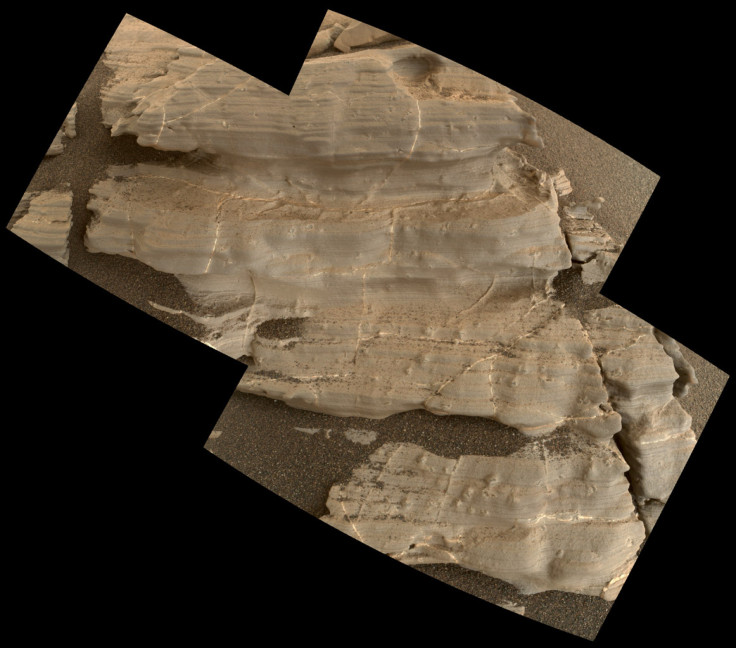The Mars-Scotland connection becomes crystal clear thanks to Nasa's Curiosity Rover
Crystals were discovered at a site on the Red Planet named after a small island off the country's west coast.
What do the planet Mars and Scotland have in common? More than you might think, according to new findings from Nasa's Curiosity Rover.
The vehicle has found tiny V-shaped crystals on the Red Planet, which are similar to those that have been identified in rocks in Scotland.
Coincidentally, the crystals were discovered at a site on the Red Planet called Jura – named after a small island in Scotland's Inner Hebrides, an archipelago off the country's west coast.
Curiosity has recently been investigating a number of geological features on Mars which are named after other Scottish locations, such as Rona, Glen Roy and Skara Brae.
Scientists hope that the discovery of the crystals will provide them with new information regarding the presence of water and other fluids that may have once existed on the Martian surface.
"These tiny 'V' shapes really caught our attention, but they were not at all the reason we went to that rock," said Abigail Fraeman from Nasa's Jet Propulsion Laboratory.
In fact, Curiosity was directed towards Jura because the pale and grey rock at the site is noticeably different from the red rock that surrounds it.
"We were looking at the colour change from one area to another. We were lucky to see the crystals. They're so tiny, you don't see them until you're right on them," Fraeman said.
The 'V' shapes are characteristic of gypsum crystals, according to Sanjeev Gupta, a Curiosity scientist who has studied the mineral in Scottish rocks.
"These can form when salts become concentrated in water, such as in an evaporating lake," he said.






















